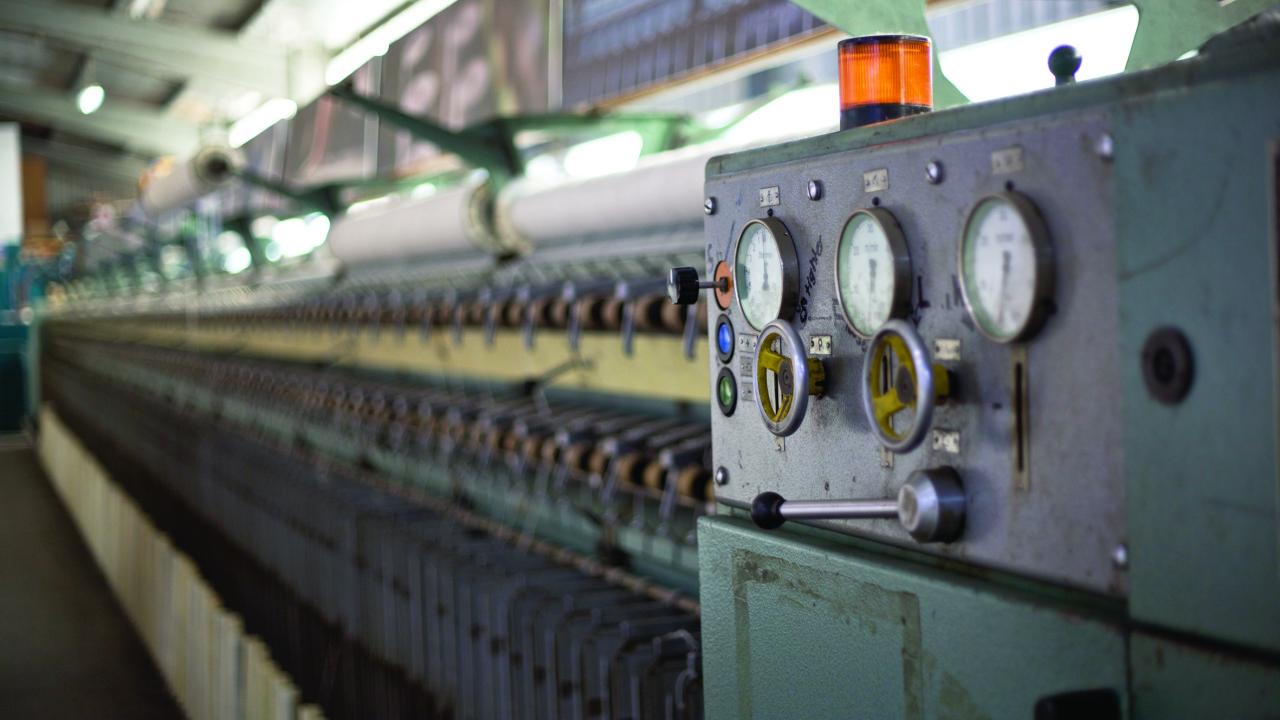All eyes on new wool selling season

IN Euro terms wool was 6 cents cheaper this week as the European Single Currency strengthened, and also just over a Jiao cheaper for Chinese buyers as well.
Initially buyers were fence-sitting and watching each other before the pennydropped and they realised that they needed to fill their meagre list of orders and the number of lots was fast running out, so the second day of selling proved to be much more buoyant than the first day, closing out the week on a relatively strong note.
Certainly, some of the lesser spec wools dragged down the average, but the largest top makers and a couple of steady indent orders were enough to tidy up all of the available wool this week.
Crossbreds were really the only sector to fall this week, although across the ditch in New Zealand the coarser crossbred wools there continued to climb on the back of previously strong Chinese and Indian orders, although they have dissipated of late to be replaced by more European orders.
New Zealand is not seeing any market at all for their half bred or mid-micron wools at present, which is mirrored by the Australian crossbred performance this week.
To be fair, the Australian crossbred industry has had a pretty stellar year so far this season just gone, being able to move the virtual mountain of stock, which was lying around, and at the same time eeking out a small price rise.
That is not to say that it is all plain sailing from here, but at least we enter the new season with a clean slate and can hopefully find a bit of demand in the fashion trends this year to add another leg up, price-wise at least,to offset those cost of production increases.
Europe continues to be sluggish for the traditional merino knitwear and weaving types although a couple of bottom feeding orders were about this week.
Many mills are taking advantage of government assistance programs to either run on short time or close early for summer holidays and having the government pick up a portion of the wages tab.
They do this rather than produce unwanted stock items and hope that by the time they return from summer holidays the demand picture will become clearer.
With the European and UK elections out of the way and more interest rate cuts slated for coming months hopefully consumers across Europe will feel a little more inclined to make a few discretionary purchases in the last quarter of the year and kick the mills back into gear.
Just a glimmer of hope would be sufficient for many as orders required for December or January will need to be filled in October and November, therefore, spun and knitted or woven in September, so we may not have to wait too long for things to ramp up.
In The USA market, despite the debacle last weekend, and the uncertainty of the electoral circus which has another four months to run the economy is tracking along nicely as far as the Fed Reserve is concerned and slowing at a Goldilocks pace. Interest rate cuts are factored into the market and should be able to start happening in August, also giving other Reserve Bankers the green light to do likewise in September.
Potential Trump policy changes are starting to be factored into economists thinking which will be bullish for the US Dollar, less so for ‘risk’ assets like the Aussie Dollar, and generally unstable for world trade.
That may be good news for Vietnamese and Indian textile industries, as well as those in Japan, and depending on where the wheel lands it might also help the European textile industry kick back into life.
A new round of global protectionism is not what people are striving for, but it might just shake things up enoughto dust off a few cobwebs and get people thinking about where they need to be producing things and where consumers need to be purchasing from.
China, of course, will not view Trump’s policies favourably, assuming they are similar to the last episode, but that is still not a certainty and there will be a lot of hot air exhaled before anything becomes concrete. In the meantime, China has held its Third Plenary Session and, while there was an expected statement about continuingt he Government’s agenda and enhancing modern manufacturing and deepening reform, there was very little in the way of direct financial reforms
Chinese consumers are obviously key to selling a large chunk of Australia’s wool and last season the Chinese domestic market held up its side of the bargain reasonably well.Some uniform business did the heavy lifting while the brands and fashion houses struggled to clear last season’s stocks.
In recent weeks the market has cautiously edged up in activity levels as it prepares for the new garment selling season.Prices are not the issue,although some retailers still bang that drum thinking it will be their saviour.
The more astute textile companies are trying to tap into the smarter, cleaner, greener, more sustainable mindset but it still has a fair way to go in the Chinese market, and the disparate online selling systems are making message-clarity somewhat difficult.
The role of influencers and celebrities are presumably key to driving the message inthis market for a while yet.
So, with just two selling days remaining until the three-week recess, next week’s auction should see a reasonably firm market as mills and traders tuck away a bit of stock for the off season, and hope that they are the cheapest lots that they see for a while.
The new selling season will surely get off to a nervous start, but depending on initial quantities it does have the potential to ramp up fairly quickly towards what should be a pretty dynamic last quarter.

Add new comment